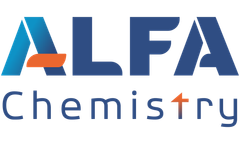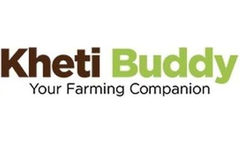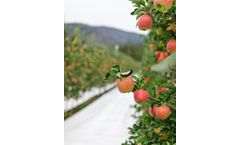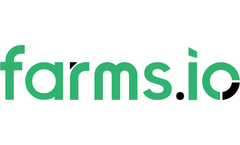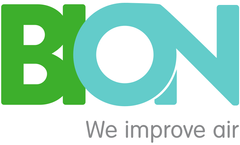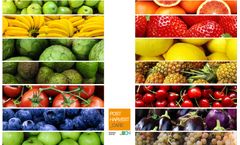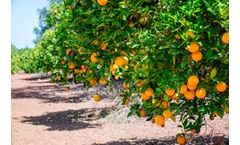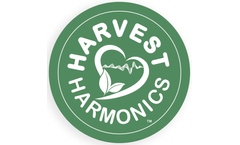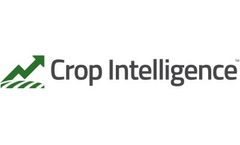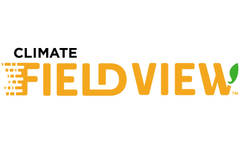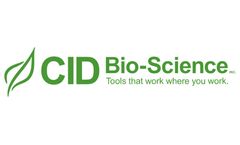Post Harvesting System Articles & Analysis: Older
52 articles found
Water conservation: Plastics help to establish irrigation systems such as drip irrigation and sprinkler irrigation to achieve efficient water resources management. These systems can transport water directly to plant roots and reduce the risk of evaporation, thereby minimizing the waste of water resources. ...
Post-harvest management is a critical phase in the agricultural supply chain that can significantly impact the quality and profitability of crops. Efficient handling during this stage ensures that the hard work invested in growing the crops translates into high-quality products for consumers. With increasing global demand for food, optimizing post-harvest practices is crucial than ...
Fruit picking, a labor-intensive and time-sensitive task, presents unique challenges that have troubled farms and agribusinesses for a long time. However, the emergence of smart harvest scheduling promises to transform this age-old practice. By using advanced technologies, smart harvest scheduling offers a more efficient, cost-effective, and sustainable approach to fruit ...
Typical Challenges in Orchards Managing an orchard comes with several challenges. Pest and disease control is a constant battle to protect trees and ensure high-quality fruit. Weather fluctuations, including extreme temperatures and storms, can harm tree health and productivity. Adequate water management, by balancing irrigation and drainage, is crucial for optimal growth. Nutrient management ...
Traceability is also a key prerequisite for circular business models, where a business will support the regeneration of our natural systems and work to keep the raw materials used and products manufactured in use for as long as possible. ...
The blueberry (Vaccinium corymbosum) is a fruit highly appreciated for its intense flavor and color in the gastronomy of many countries. It is a climacteric fruit that surprisingly behaves like a non-climacteric fruit. This is because, once harvested, its respiration rate drops considerably. Blueberries are usually transported and marketed in micro-perforated clamshell boxes to avoid bruising ...
Most fruits ripen due to the action of ethylene. Ethylene is the hormone known as "the ripening hormone". It is produced naturally in fruits causing the color, firmness, flavor and characteristic aromas of each fruit to change. However, once the fruit or vegetable has been collected, ethylene does not act in the same way in all cases. Depending on how ethylene intervenes on fruits, they are ...
Since 2019 over 75% of the citrus crops (oranges 75% and grapefruit 85%) has been lost due to an infectious bacterium called huanglongbing (HLB) commonly known as “citrus greening”. Leaves of newly affected trees developed blotchy mottle appearance and the fruit is of no value-it has limited use in juicing operation. As of today, there has not being a commercially available solution ...
Drying is one of the most important, yet significantly overlooked, parts of the hemp growing and harvesting process. As planting season approaches, it’s crucial to think about drying before you plant your crop. If hemp is dried cleanly, properly, and promptly, there will be minimal damage or loss. As such, this will maximize the quality of products post-harvest. The Advanced Hemp Dryer ...
Details: Kyminasi Plant Booster (KPB) technology was installed on 4 acres of their blueberries in December 2019 and harvested in August 2020. Post-harvest quality measurements were completed after 30 days of storage at ...
With petal fall well under way throughout the Valley, are you curious how the bees fared? Warm temperatures and dry weather meant that 2020 turned out to be a good year for bees, paving the way for promising yield potential. What is a bee hour? Bee hours tells you how many hours have occurred which are favorable for bees to fly. A bee hour is defined as one hour where: There is no rain ...
I was introduced to Crop Intelligence and soil moisture probes in the spring of 2018 by Ryan Hutchison. That fall, I joined South Country Equipment as a Crop Intelligence Agronomist and put two stations on my family farm in SE Saskatchewan for the 2019 season. This was De Roo Family Farms first year using Crop Intelligence, but I knew we could trust the data to push our yields higher. Weather is ...
From the first day of flight school, pilots are instructed on the importance of checking every instrument before take-off. Even if they have multiple flights in a day, they still go through the same long checklist — every, single, time. Why? Because while in-flight, they need to trust what their equipment is telling them. In other words, they need all the data collected and delivered to the ...
Though firmness has been popularly used to assess the quality of fruit, fruit dry matter is now increasingly being used instead. It is necessary to understand both traits to find the reason behind this shift in preference. Dry Matter When water is removed from produce, what is left are the solids, or the dry matter. The dry matter (DM) of plants is made up of many soluble compounds, called the ...
Instruments and Technology used in Precision Forestry Many but not all the technologies used in Precision Forestry are associated with remote sensing, geographic information systems (GIS), and global positioning systems (GPS). Remote sensing through satellite imagery relies on spectral images to give large-scale information on forest composition, forest ...
After Fruit Logistica trade fair, Bioconservacion organised an international meeting in Barcelona with all its postharvest partners, the Postharvest Partner Meeting 2018. Thanks to Bioconservacion's major expansion, the event had more than 50 participants, between distributors and end-customers, from 18 European countries and Asia, Africa, America and Oceania. Over the three days of the ...
Agronomic practices such as resource conservation technologies, mulching, organic farming, carbon sequestration by cropping systems and agroforestry provide a suite of possible strategies for addressing the impacts of climate change on vegetable production. Protected cultivation and post-harvest technology can be significant practices in facing ...
Levels of faecal indicator organisms (FIOs) monitored in surface water and brown mussels collected at 28 production areas in Brazil from August 2012 to October 2013 were used to assess compliance with the bacteriological standards of the shellfish hygiene classification systems used in the European Union (EU) and USA. This classification determines the level of ...
The study, carried out at the La Morinière Experimental Station (Saint Epain, France), assessing the effect of Bi-On on the maintenance of ‘Golden Delicious’ apple quality when conserved in ULO (0.5ºC, 1.5% O2, 1% CO2, 85-90% HR) over a 6-month period, was presented at the IX Iberian Symposium on Maturation and Post-harvest (Lisbon, ...
Ethylene handling would allow storage of non-climacteric products at temperatures higher than recommended. A scientific paper recently published (1) quantifies the relationship between ethylene concentration, temperature and post-harvest life of different non-climacteric vegetables (pak choi, broccoli, mint and green beans). The results show that an efficient reduction of ethylene levels would ...

